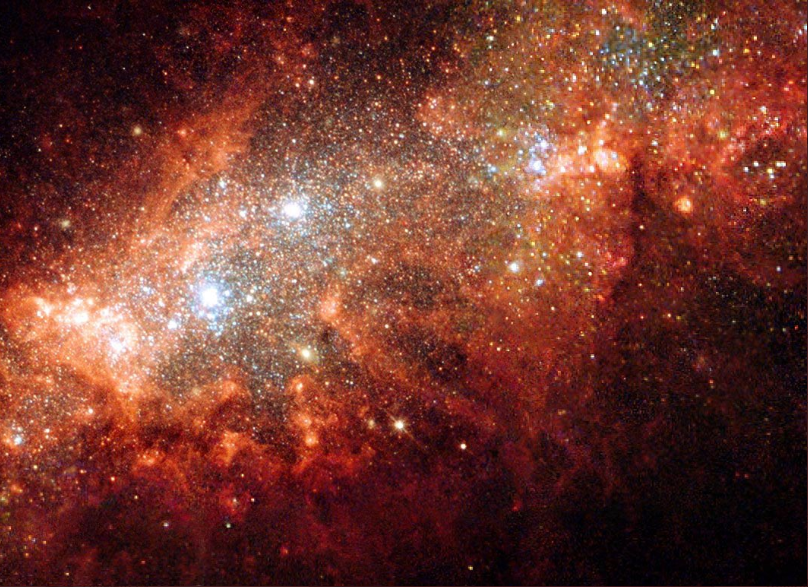The National Aeronautics and Space Administration's (NASA) Hubble Space Telescope made another breakthrough after mapping the giant halo of gas surrounding the Andromeda galaxy for the first time. Hubble Telescope made 1.3 million observations since it was launched on April 24, 1990.

It's one of the most important and prominent tools that has contributed to space exploration. Let's get to know more about #HubbleTelescope.#AJYALSpace pic.twitter.com/ALFLa6oXcy — AJYAL SPACE (@AjyalSpace) August 23, 2020
Also Read : NASA's James Webb Space Telescope Ground-Segment Test Is a Success!-Commands Can Be Carried out in Space
The space shuttle Discovery carried NASA's instrument to space from Kennedy Space Center, located in Florida. Its name came from Edwin Hubble, an astronomer who was born in Missouri.
Also Read : Two Indian Students Discovered the Closest Asteroid to Fly by Earth Which NASA Failed to Detect
The astronomer is well known for his Discovery, the "Hubble constant," which explains that the universe is gradually expanding. NASA's space telescope published more than 15,000 scientific papers.
The satellite is currently orbiting the Earth at a speed of about 17,000 mph, or 27,000 kph, at about 340 miles in altitude in low-Earth orbit. It can point a laser beam on Franklin D. Roosevelt's head on a dime around 200 miles or 320 km away because of its pointing accuracy of .007 arc seconds.
Hubble's primary mirror is about the size of a large school bus. The mirror is 2.4 meters across and 13.3 meters long in total. Its launch marked the most critical advance in astronomy.
Why Hubble Space Telescope's latest discovery is important
Yale University's astronomers used instruments on Hubble to observe the scale of Andromeda's galactic shell. They discovered that it stretches 1.3 million light-years from the Milky Way's closest galactic neighbor.

So @NASA allows you to see what the Hubble telescope saw on your birthday! pic.twitter.com/SZkfzvAfR6 — Arneau v.d Merwe (@Arneau_Sir) August 27, 2020
The findings revealed that Andromeda's giant gas halo is colliding with Milky Way's gas halo.
"Understanding the huge halos of gas surrounding galaxies is immensely important," said Samantha Berek, a Yale co-investigator.
"This reservoir of gas contains fuel for future star formation within the galaxy, as well as outflows from events such as supernovae," she added.
Nicolas Lehner, the study leader of Notre Dame, said that the gas halo's inner shell is far more dynamic and complex than expected. Hubble Space Telescope was able to map Andromeda's halo's size and mass in more detail compared to Lehner's team.
For more news updates about space discoveries or theories, always keep your tabs open here at TechTimes.
Read also: Also Read: SpaceX's Large Constellations of Satellites Could Change Night Sky's Appearance
This article is owned by TechTimes,
Written by: Giuliano de Leon.
ⓒ 2025 TECHTIMES.com All rights reserved. Do not reproduce without permission.




